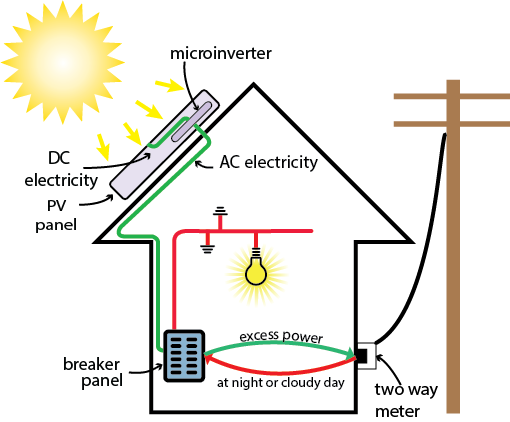RESIDENTIAL SOLAR
lock in your consumption at an affordable rateHow solar works

BC Hydro Rebates for Solar
Get up to $10,000 in rebates for a grid-tied solar and storage system for your homeZero down for ten years
Finance the remainder of your system cost for 0% over ten years.Backup power with batteries
Enhance your solar investment with a backup feature for your homeLow installation cost
BC Hydro's Net Metering Program allows you to export your excess energy and receive credit for it.